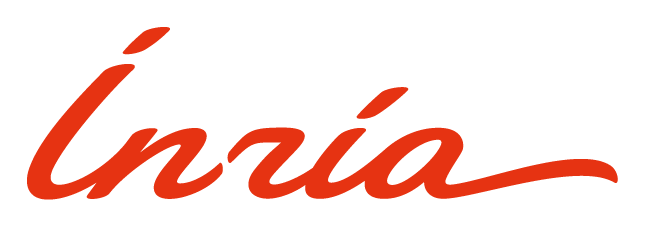A robotic control framework for quantitative ultrasound elastography
Assistance robotique pour l'élastographie ultrasonore quantitative
Résumé
This thesis concerns the development of a robotic control framework for quantitative ultrasound elastography. Ultrasound elastography is a technology that unveils elastic parameters of a tissue, which are commonly related with certain pathologies. This thesis proposes three novel robotic approaches to assist examiners with elastography. The first approach deals with the control of a robot actuating an ultrasound probe to perform palpation motion required for ultrasound elastography. The elasticity of the tissue is used to design a servo control law to keep a stiff tissue of interest in the field of view of the ultrasound probe. Additionally, the orientation of the probe is controlled by a human user to explore other tissue while elastography is performed. The second approach exploits deformable image registration of ultrasound images to estimate the tissue elasticity and to help in the automatic compensation by ultrasound visual servoing of a motion introduced into the tissue. The third approach offers a methodology to feel the elasticity of the tissue by moving a virtual probe in the ultrasound image with a haptic device while the robot is performing palpation motion. Experimental results of the three robotic approaches over phantoms with tissue-like offer an excellent perspective for robotic-assistance for ultrasound elastography
Cette thèse se situe dans le contexte de la robotique médicale et porte sur l’élaboration d'un système robotisé permettant d'assister le processus d’élastographie ultrasonore. La solution proposée consiste à commander par retour d’effort et asservissement visuel un bras manipulateur actionnant une sonde échographique afin d’automatiser le mouvement de palpation nécessaire à la génération des images d’élasticité des tissus. La solution permet de réaliser l’imagerie élastographique de tissus sujets à des mouvements au moyen d’une tâche de compensation par asservissement visuel. Une approche innovante a également été proposée pour fournir à l’utilisateur un retour d’effort lui reflétant la sensation d’élasticité des tissus observés par l’intermédiaire d’un dispositif haptique. Les résultats expérimentaux des trois approches robotiques obtenus sur des fantômes constitués de tissus démontrent l'efficacité des méthodes proposées et ouvre des perspectives intéressantes pour l'élastographie ultrasonore assitée par robot.
Origine : Fichiers produits par l'(les) auteur(s)
Loading...


